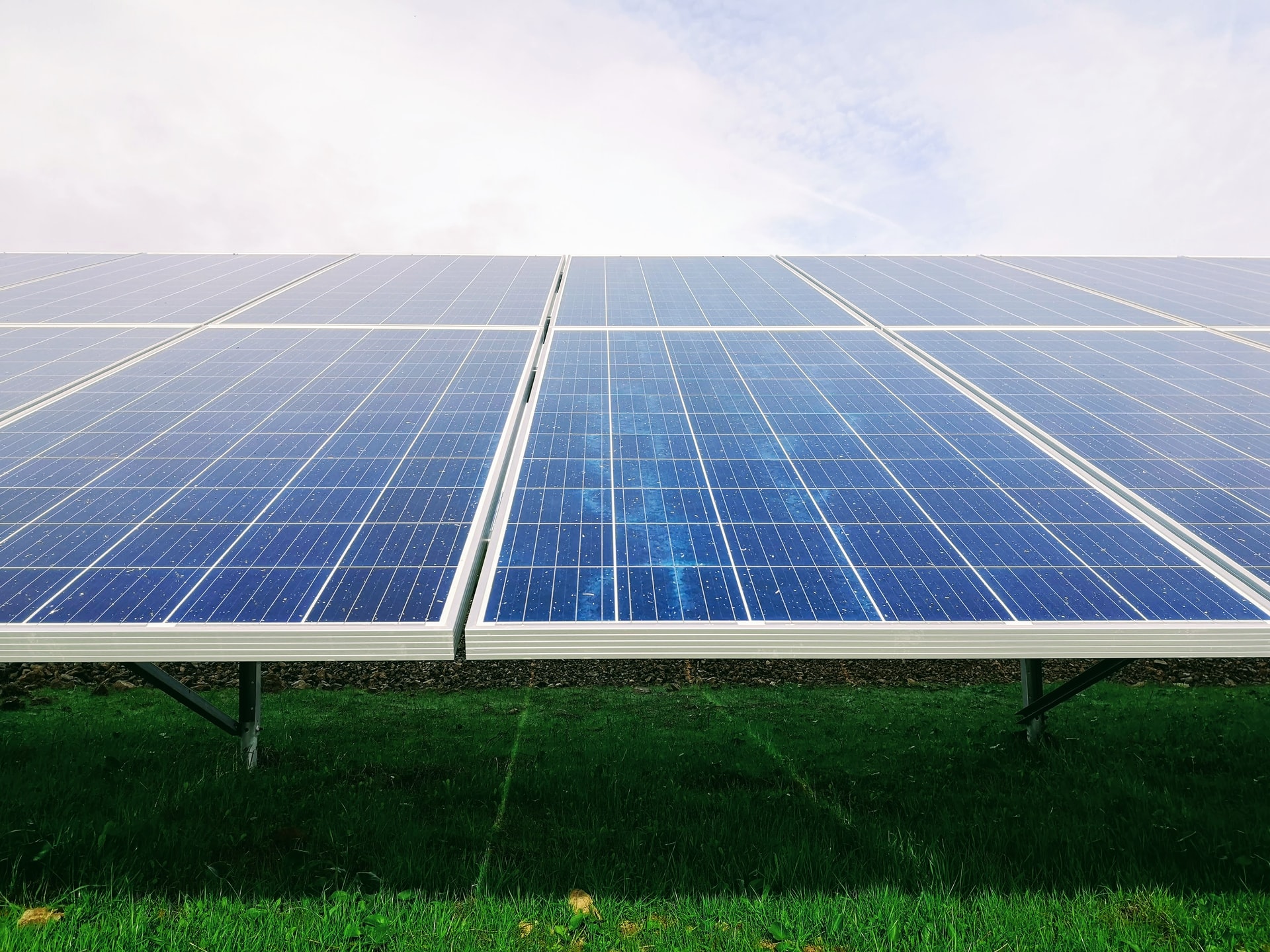Solar installations surged 46% the first quarter of this year, accounting for 58% of all electric capacity additions in the US. Installations are projected to climb further, aided by the Biden administrations clean energy efforts and rising corporate investment in renewable energy.
However, supply-side headwinds for the industry remain. The costs for solar modules are climbing as the price of polysilicon surges to near-decade highs. Further, the EIA forecasts that a continued rise in costs could limit demand for new solar projects and delay up to 15% of new solar developments this year, both of which are worrying signs that the solar industry may be in for more volatility ahead.
Related ETF & Stocks: Invesco Solar ETF (TAN), First Solar (FSLR), Sunrun (RUN)
Solar Gets Off to a Hot Start
According to a report from energy research firm Wood Mackenzie and the Solar Energy Industries Association, highlighted by CNBC, solar installations surged 46% to more than 5 gigawatts (GW) in the first quarter of 2021. That figure is forecast to climb to 24.4 GW installed this year, which would be an increase of 24% compared to 2020.
The report states that the impressive installation data is due to strong demand from corporations striving to reduce their greenhouse gasses as well as companies trying to capitalize on lower costs. Further, Bloomberg recently projected that nearly 60% of all power installations through 2025 will be solar based.
Per Electrek, the 5 GW of new solar capacity accounted for 58% of all electric capacity additions in the first quarter. Utility-scale installations led the way with 3.6 GW of new capacity, while residential solar sales added 905 megawatts, an increase of 11% over the same period last year.
Overall, the US solar market has now added 100 GW of installed electric generating capacity, more than doubling the size of the solar industry over the last 3.5 years.
Further, CNBC notes that a long-standing federal tax credit has been key for solar companies to generate heightened levels of activity. Currently, owners of both commercial and residential solar can deduct 26% of the cost of the system from their taxes through 2022, according to Energy Sage. That number falls to 22% in 2023 and is reduced further to 10% in 2024 for just commercial use projects, as there is no federal tax credit for residential solar energy systems in 2024.
However, the Biden administration is pushing to extend that federal tax credit through the rest of the decade in an effort to drive further investment in clean energy. The aforementioned report from Wood Mackenzie notes that utility-scale solar would benefit the most from President Biden’s clean energy proposals, highlighting the fact that nearly 75% of solar installations in the first quarter were utility-scale projects.
Headwinds Threaten Solar Industry’s Profitability
Strong first quarter sales and clean energy initiatives from the Biden administration should further accelerate solar energy adoption. However, serious supply chain challenges remain that the industry will have to overcome.
According to a report from Reuters, global solar developers are beginning to slow down their installations due to the rising costs of production.
As MRP has noted, prices for polysilicon…
To read the rest of this Market Insight, START A FREE TRIAL You’ll also gain access to: If you already have a subscription, sign in










